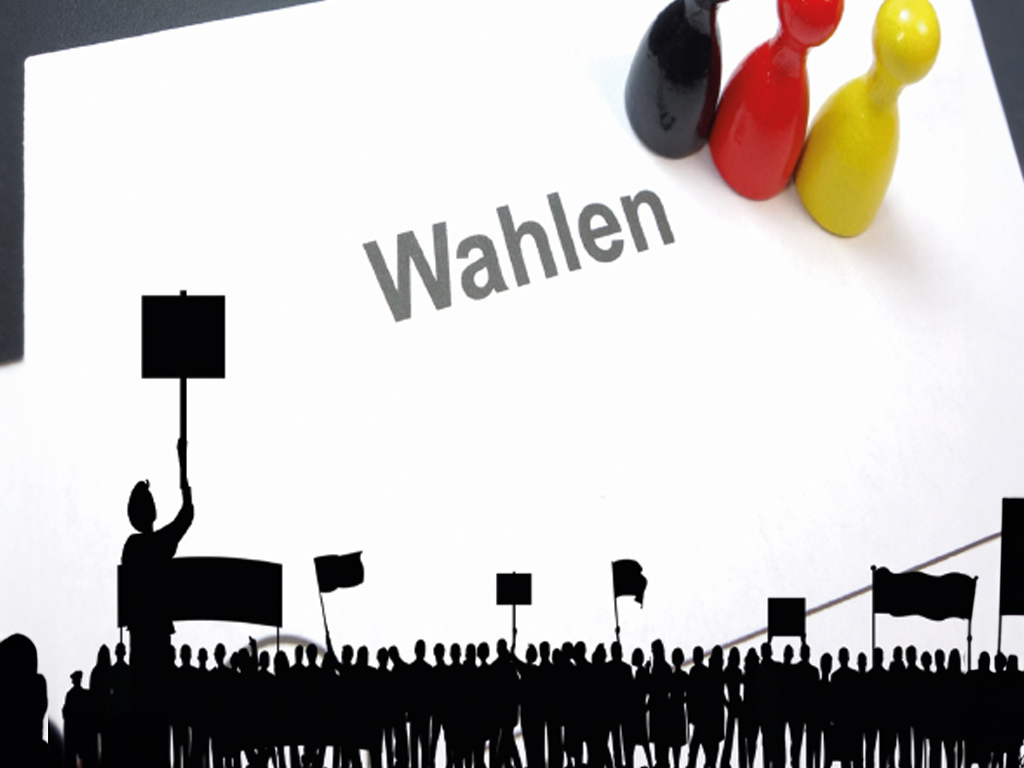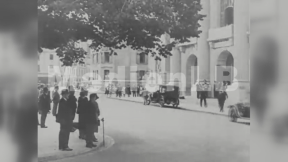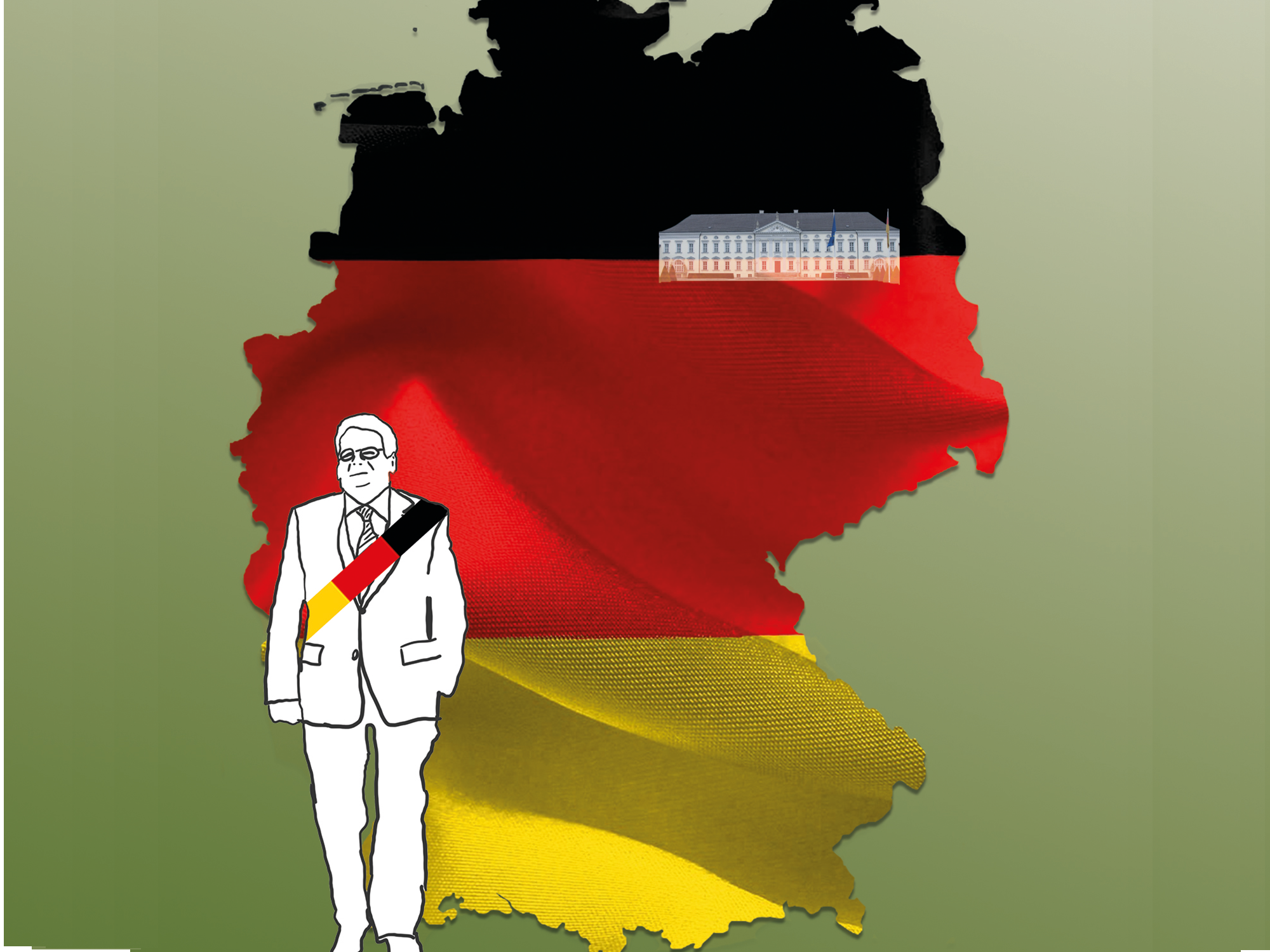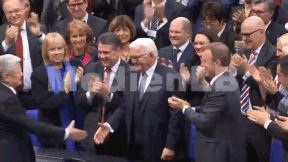 Politics / Civics
Politics / Civics
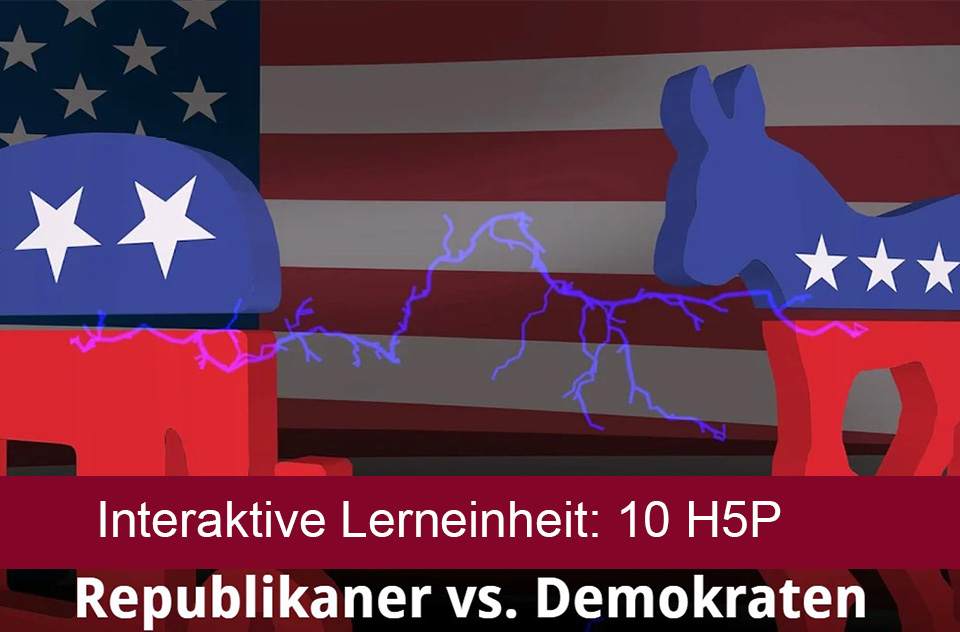
55506829
Lerneinheit Politik 10
Wahlsystem in den USA
Zwölf unterschiedlich gestaltete interaktive Aufgaben vermitteln den Schülerinnen und Schülern die Elemente und Prozesse
sowie den dazugehörigen historischen, politischen und gesellschaftlichen Hintergrund des amerikanischen Wahlsystems.
Das Medium bietet H5P-Aufgaben an, die ohne zusätzliche Software verwendbar sind.
Durch interaktive Aufgabentypen wird das audiovisuelle und interaktive Lernen einfach.
Lernen macht jetzt Spaß!
Demo
Included Tasks
- Die USA, ein liberaler Staat - Interaktives Video
- Entstehung des politischen Systems in den USA - Interaktive Aufgabe
- Das Wahlsystem der USA - Interaktives Video
- Ablauf des Wahlkampfes - Zuordnungsaufgabe
- Die Vorwahlen - Interaktive Aufgaben
- Senat und Abgeordnetenhaus - Interaktives Video
- Republikaner vs. Demokraten - Interaktive Aufgaben
- Hürden bei der Wahl - Interaktive Fragen
- Deutsches vs. amerikanisches Wahlsystem - Interaktive Aufgabe
- Welcher US-Präsident ist gesucht? - Interaktive Aufgabe
- Wahlen in den USA - Testfragen
- Wahlen in den USA - Glossar
Curriculum-centred and oriented towards educational standards
Matching
Elections
There is no democracy without regular elections. Elections are the citizen’s most important means of actively shaping the politics of his or her state. Democracy is based on the citizens’ recognition and support. Everyone has the possibility of political involvement.
UNO
The UNO (United Nations Organization), in German the United Nations, is an international association with headquarters in New York. Since its founding in October 1945, its members have worked to maintain peace and security, respect for human rights and sustainable development.




